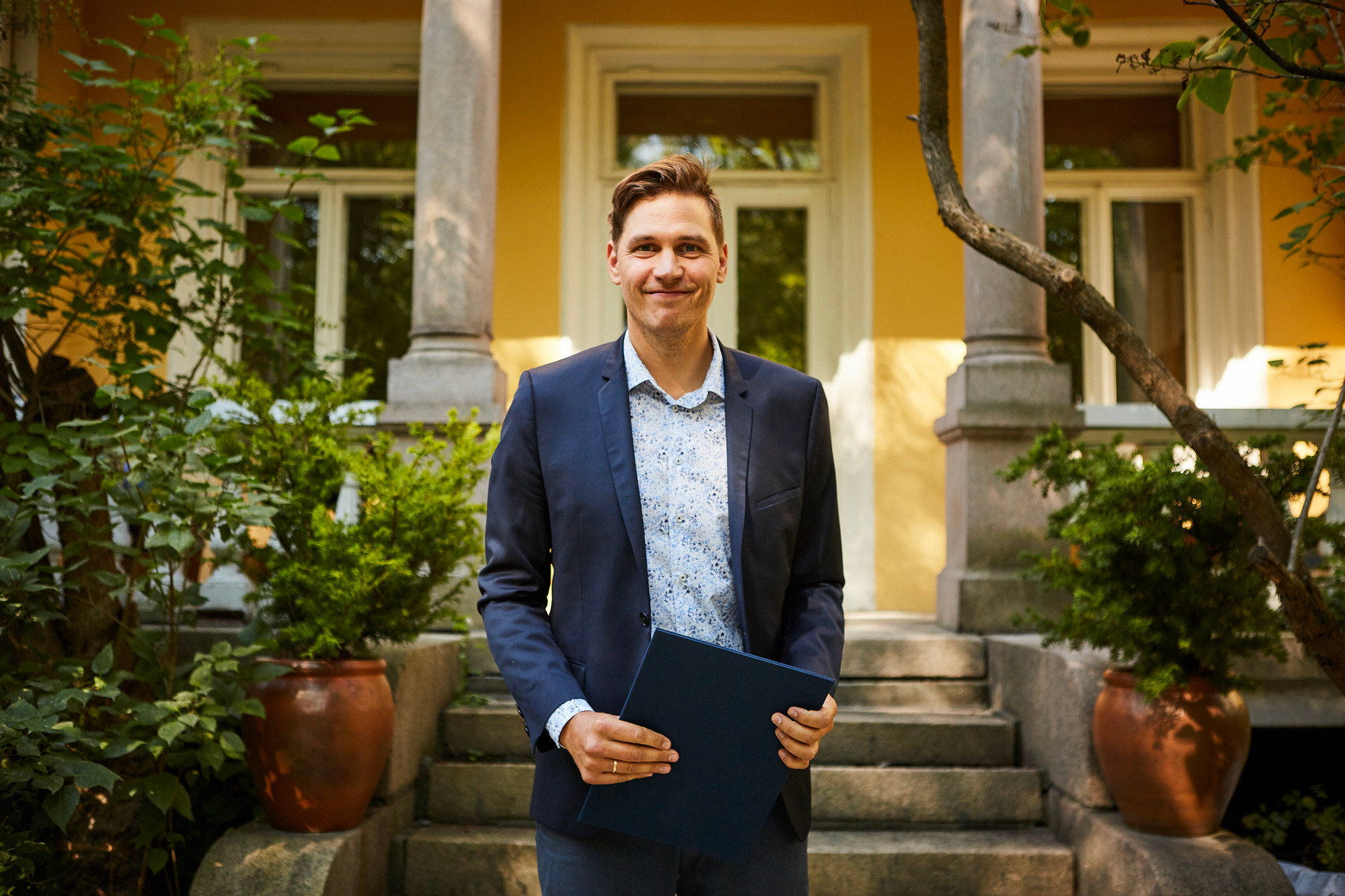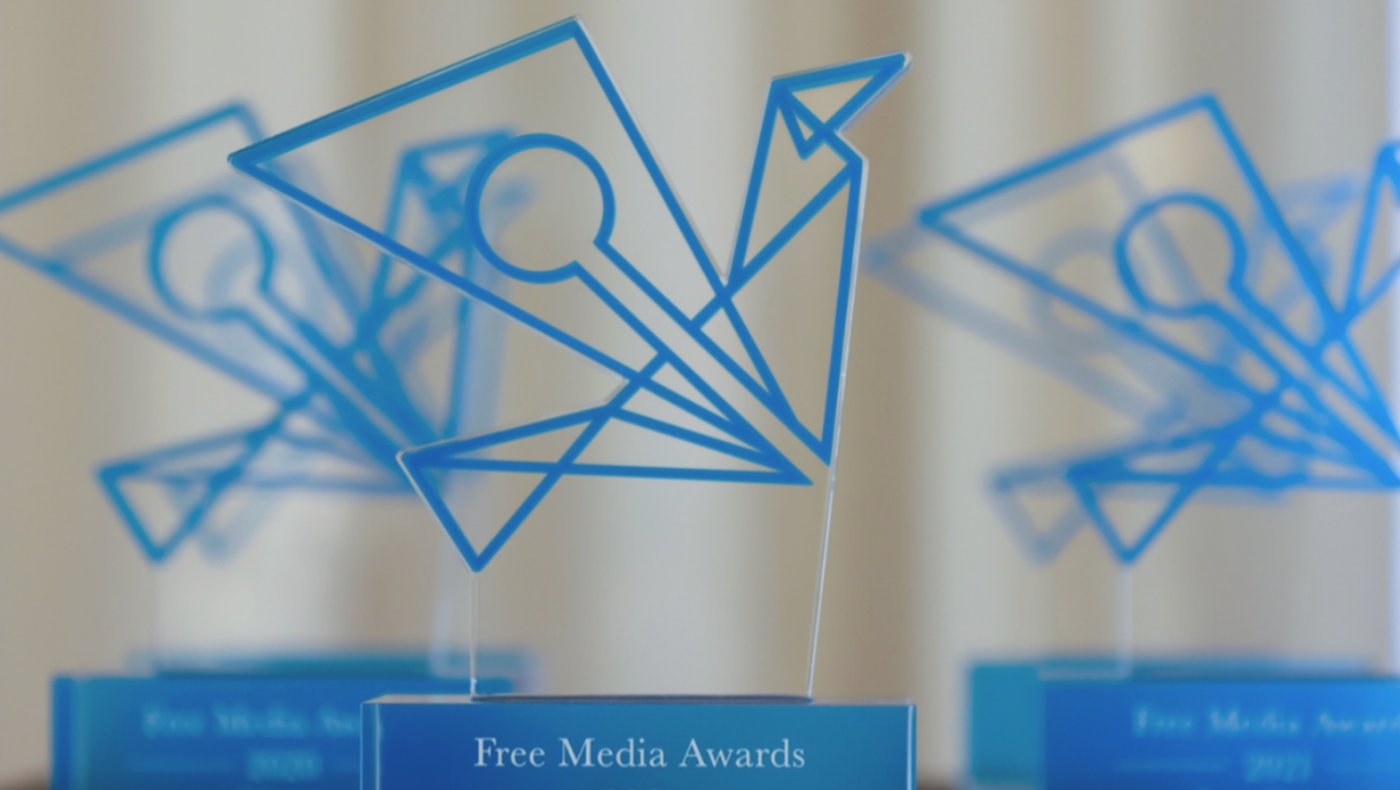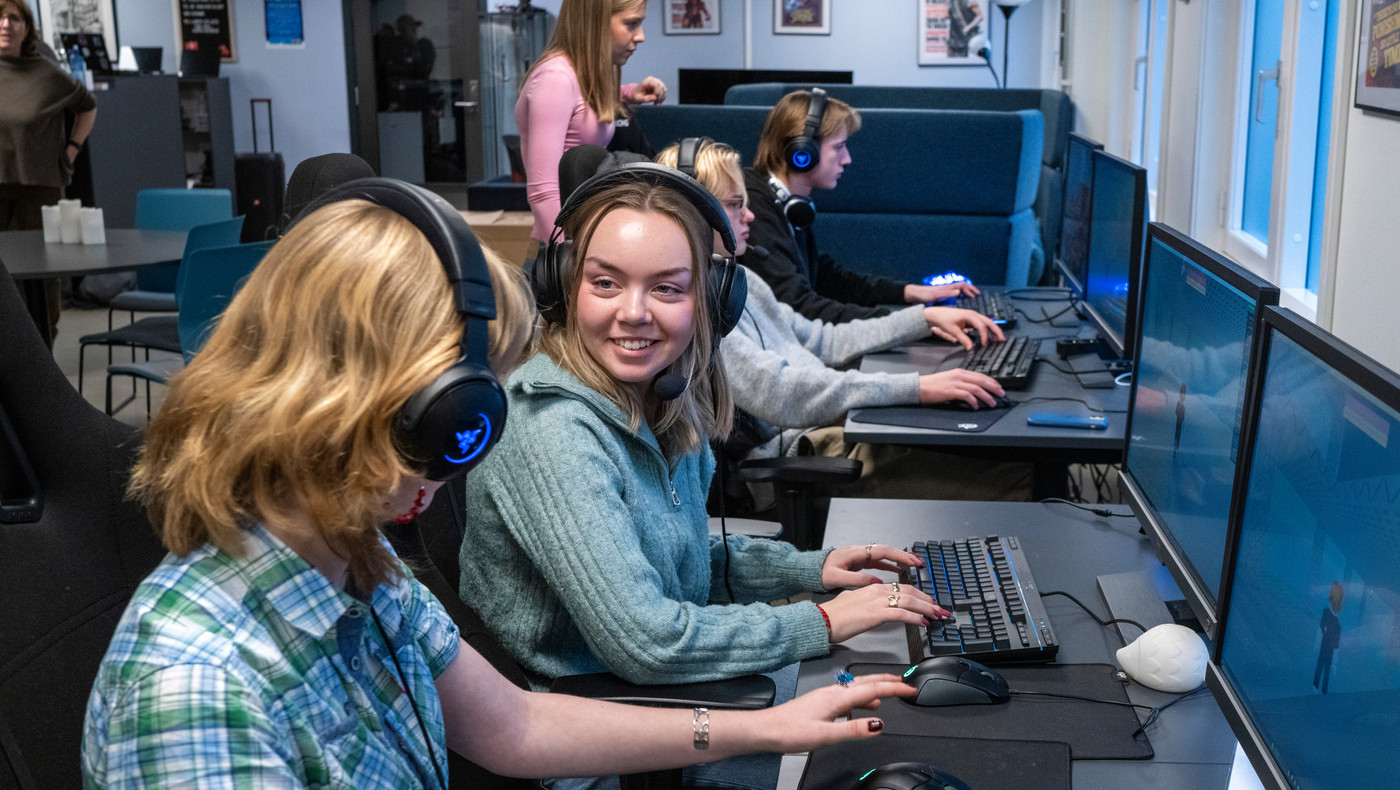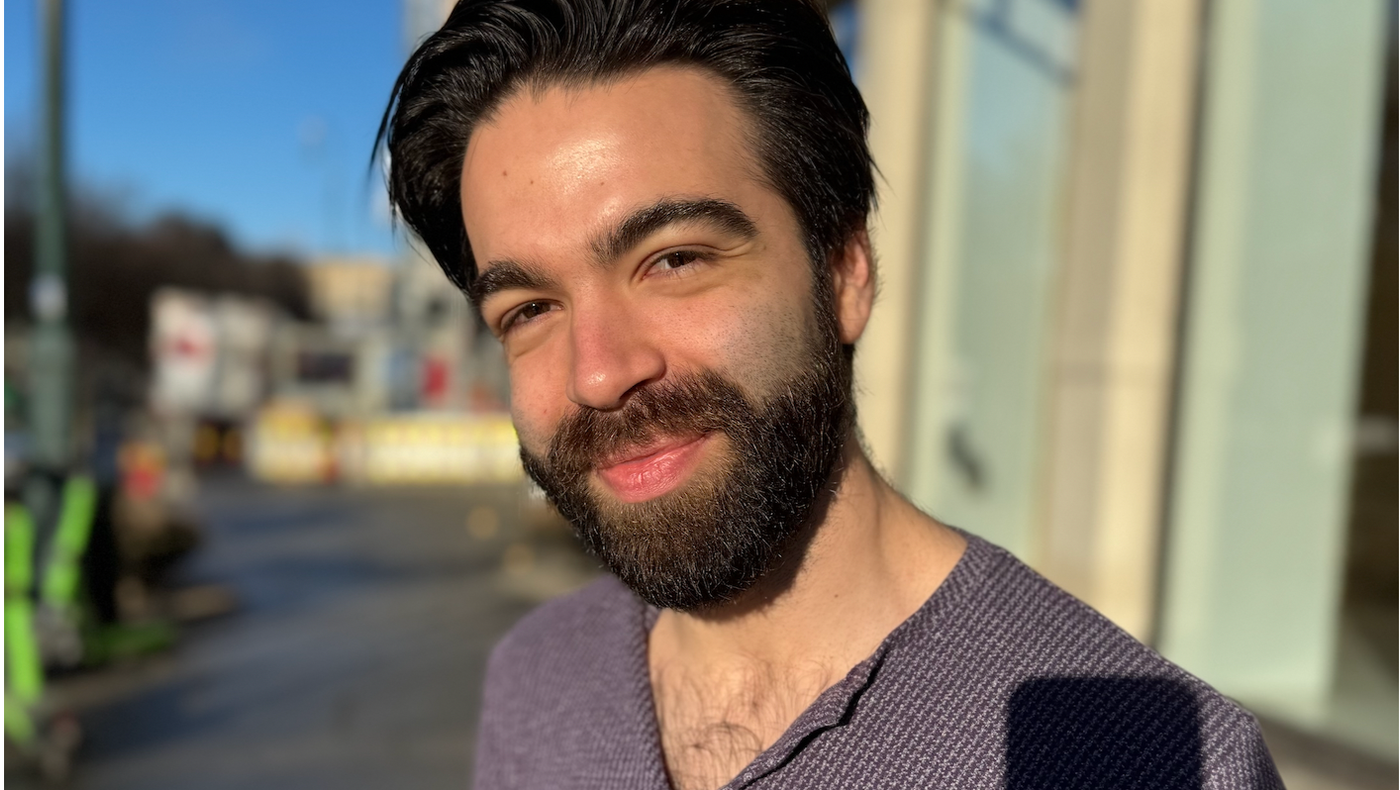Feature article: No man is an island
Utøya Island and CEO Jørgen Watne Frydnes were awarded the Freedom of Expression Foundation Tribute on 21 August 2021. This feature article is an abridged version of the speech delivered at the awards ceremony by Bård Vegar Solhjell, deputy chair of the Fritt Ord Foundation.
On 21 August, Utøya Island and Jørgen Watne Frydnes were awarded the Freedom of Expression Foundation Tribute for transforming the site of a terrorist attack and heinous mass murder into an arena for the promotion of knowledge, discussion and resistance. The ‘Utøya method’ is to act as a democratic workshop for knowledge and civic engagement.
Utøya was once a rather nondescript island situated in the Tyri Fjord, barely visible from the European highway that winds its way down from the highlands of Sollihøgda. But Utøya is no ordinary island. It is a political island. It is an important and unique venue for the Workers’ Youth League, known as the AUF, and for the labour movement. The name of the island was familiar to those interested in Norwegian politics, but most others were unaware of its existence.
The terrorist attacks on the Tower Building in Government Complex in Norway’s capital city of Oslo and on Utøya Island changed all that.
The island became the site of one of the most brutal right-wing extremist terrorist attacks of our time. The scene of the crime. But also far more than that. Over the course of the past decade, Utøya Island has been transformed into an open, inclusive arena for discussion and learning. This has been accomplished by working systematically, having clear goals and encouraging resistance. How did that happen?
“We are going to take Utøya Island back” said then AUF leader Eskil Pedersen already the day after the terrorist attack. That statement defined a clear goal for the AUF, getting the work off to a good start. Financial and moral support poured in, as the efforts to shape the future began. Utøya Island AS was founded. The first plans for the future of the island were presented already the following year.
The interim years have been directed at bringing these plans to fruition in the face of the tremendous challenge it was to achieve broad agreement on or at least an understanding of the plans among the survivors and those close to them, as well as in society at large. It was during these years that we saw the advent of the conceptual basis for Utøya Island as it stands today, along with the three pillars on which Utøya Island rests: Remember, engage, learn.
Remember, because Utøya Island will forever carry the memory of the heinous mass murder of 69 souls, and the formidable physical and mental injuries caused to a multitude of others. The island is a memorial to the victims, and they have played a part in shaping its future. However, their memory is kept alive in other ways as well, for example, when school classes commemorate the birthday of one of their classmates who is no longer with them.
Engage, because no terrorist act should break the spirit of those it was intended to harm. On the contrary, civic engagement will prevail. It is fascinating to note that there are many more summer camps organised Utøya Island now than 10 years ago. School classes, confirmation classes and others have gone there to engage by encouraging diversity to offset extremism.
Learn, because we are not born to promote democratic values and stand up against anti-democratic or hateful attitudes. Quite the opposite, these are values we have to embrace, learn and understand. The Hegnhuset Centre is at the heart of learning on Utøya Island. The goal is to empower young people by building up their democratic skills, including their knowledge, values and debate skills.
In retrospect, it is easy to see how crucial it was to have a goal as clear as taking back Utøya Island. Doing so was a forceful political act that made reclaiming Utøya Island part of the response in the face of terror. Recovery is a sign of resistance. Perhaps it was the first sign that the response was not merely to remember what happened, but also to fight right-wing extremism.
This was important not least because the years after 22 July 2011 did not lead to any political reckoning with right-wing extremism.
The terrorist attack on 22 July 2011 was an assault on much that we hold dear. It was also an assault on freedom of expression. The response has been to be more protective of it, and, in so doing, to take back Utøya Island and use it to reinforce much of what the terrorist tried to suppress. Taking Utøya Island back is, in itself, a political statement. It shows in actual practice that civic engagement will not be stopped, and that the ideas underlying democratic engagement and diversity will not surrender to terror.
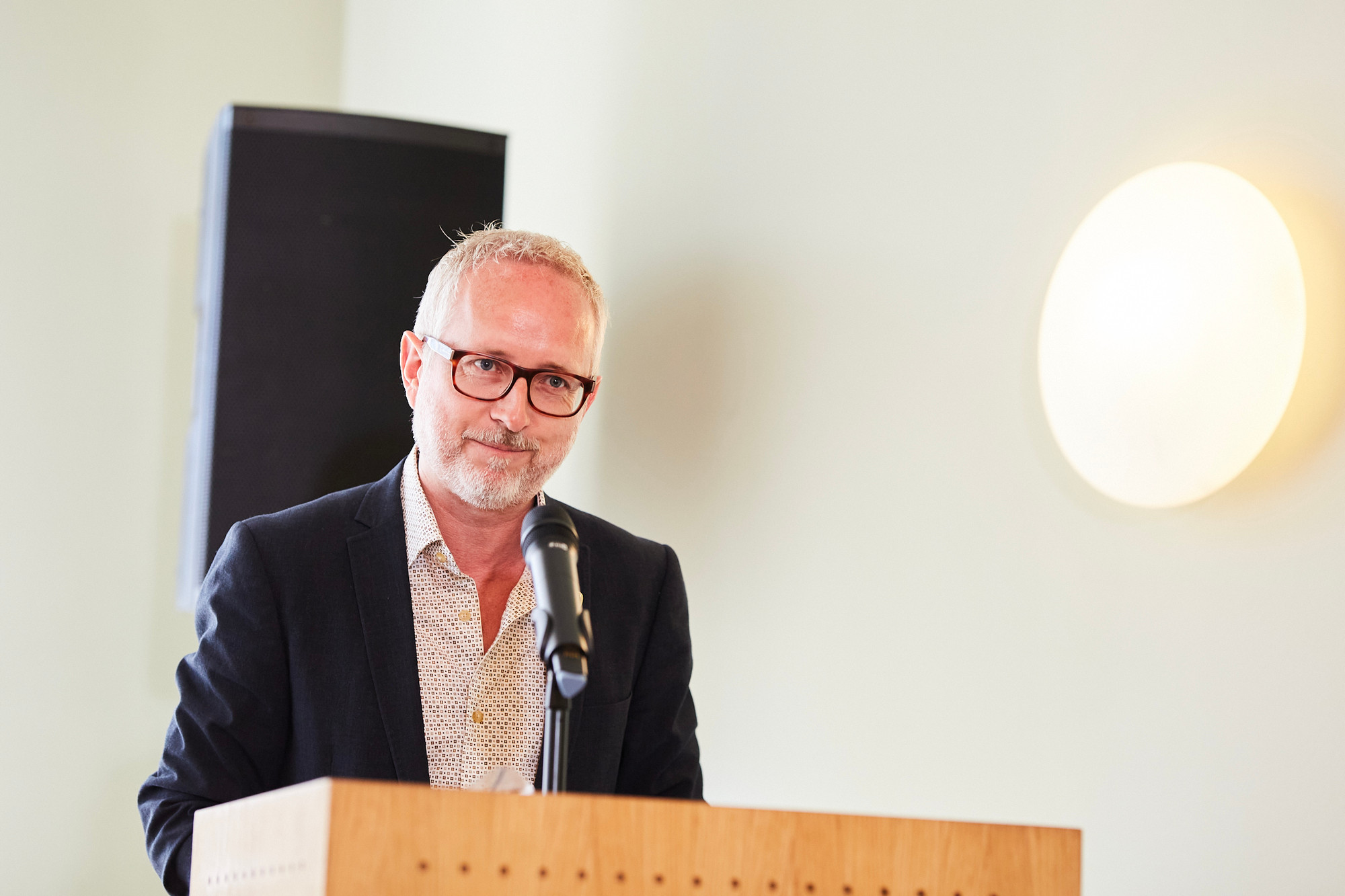
Bård Vegar Solhjell. Photo: Helge Brekke
This spring, Jørgen Watne Frydnes published the book “No man is an island”. No man is an island, and no island is a man, but Frydnes came very close to being precisely that for Utøya Island. He got involved early on in leading the efforts to take Utøya Island back, and he has been the primary driving force behind rebuilding the island in his capacity as the organisation’s CEO since 2012.
It is impressive to read how he realised that it would take a very special way of working to move past the difficult years, as the plans for Utøya Island evolved. He established a dialogue with each individual family that lost a loved one. Everyone had to be part of the process in order to move on. He wrote: “I am convinced that one of the most important reasons the work on Utøya Island is now considered relatively successful, is that the project embraced external and internal resistance with open arms.”
As a former politician, and now a senior civil servant, I must say that it is hardly the foremost characteristic of politics or the State to embrace resistance with open arms. Does the relative success of Utøya Island lie in how difficult it has been to reach agreement on a national monument?
Like many others, I thought that 22 July 2011 would change the Norwegian political debate, leading to a massive rejection of right-wing extremist ideas and their potential consequences. That did not happen. According to the Police Security Service, PST, those ideas are even more popular today. Perhaps, as the Fritt Ord Foundation’s Executive Director Knut Olav Åmås wrote this summer: “Most of us underestimated how much rigorous resistance is required to fight intolerance and extremist statements.”
At the same time, I believe the resistance stands stronger today. In the past six months, an entirely different type of debate has gained momentum. Party politics has become part of it. The survivors of 22 July have spoken out in a whole new way. Are we also seeing the contours of a generation gap in society’s view of right-wing extremism, where the younger generation has a depth of understanding and a willingness to resist that were not as prominent in earlier generations?
On 21 August, Utøya Island and Jørgen Watne Frydnes were awarded the Freedom of Expression Foundation Tribute for transforming the site of a terrorist attack and heinous mass murder into an arena for the promotion of knowledge, discussion and resistance. The ‘Utøya method’ is to act as a democratic workshop for knowledge and civic engagement. On the island, new generations are learning to participate in demanding debates on freedom of expression, freedom of expression culture, and extremism.
This is what we have learned: that the political reckoning with right-wing extremism is not a reckoning at all, but a continuous effort to build and develop a society that can stand up against right-wing extremism. That work is not incumbent upon a single organisation, speech or initiative, but rather upon all the people in all of walks of life. We cannot simply wait for or meet up at the reckoning. We are the reckoning.
Utøya Island is once again a political island, influencing more minds now than ever before, as it demonstrates the power and resilience of the free word and democratic thinking. That is part of the reckoning with right-wing extremism ideology.
Utøya Island and Jørgen Watne Frydnes are part of the reckoning.
This text was published in the Norwegian newspaper VG on 29 August. A longer version was delivered at the award ceremony for the Freedom of Expression Foundation Tribute to Utøya Island and Jørgen Watne Frydnes on Saturday, 21 August and" can be read here (in Norwegian)":/nb/aktuelt/taler-ved-utdeling-av-fritt-ords-honnor-til-utoya-og-jorgen-watne-frydnes.
